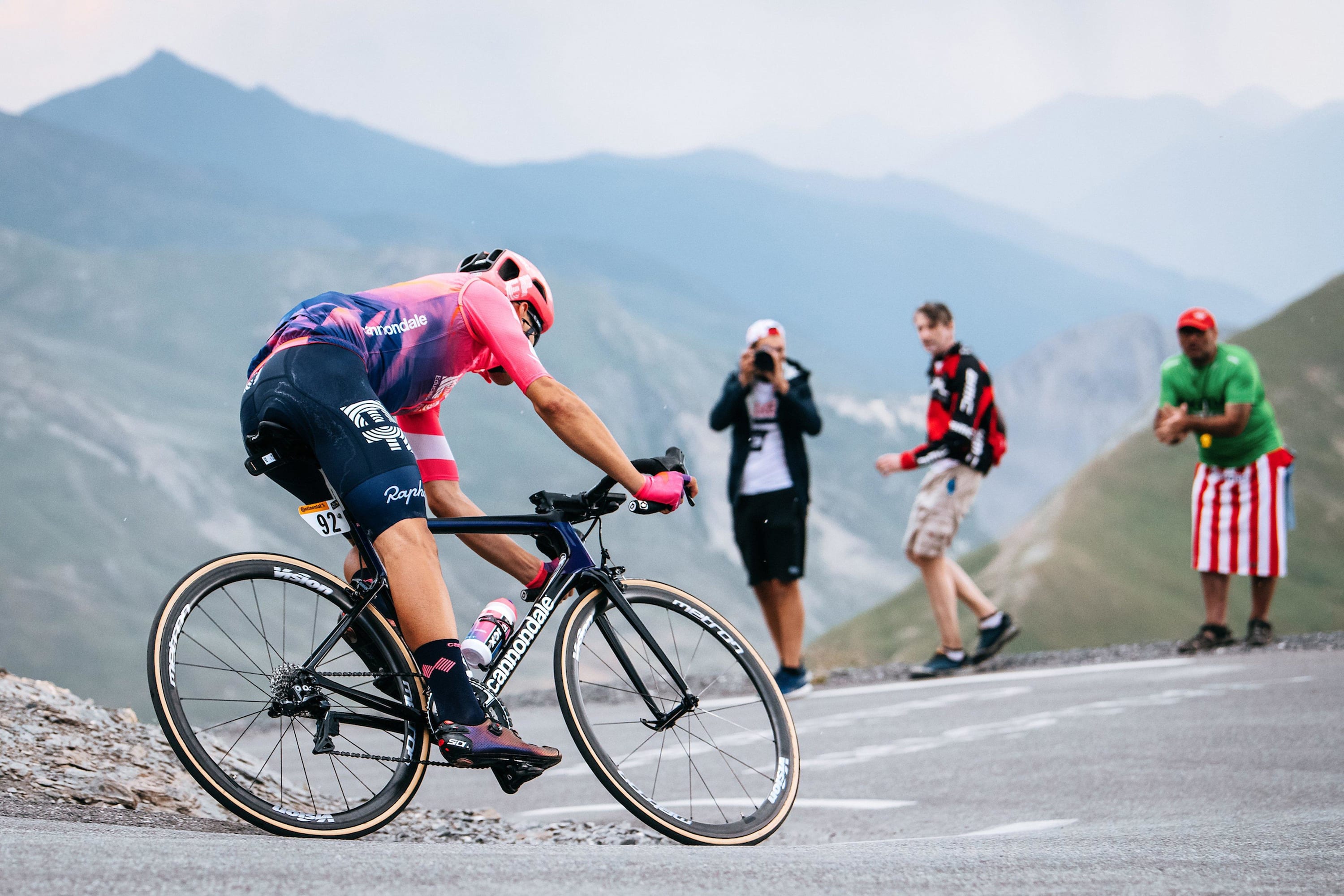TOUR DE FRANCE GUIDE:
WEEK 1
Fasten your seatbelts for an unusually lumpy first week of racing that will take the peloton from the Med to the Massif Central.
Fasten your seatbelts for an unusually lumpy first week of racing that will take the peloton from the Med to the Massif Central.
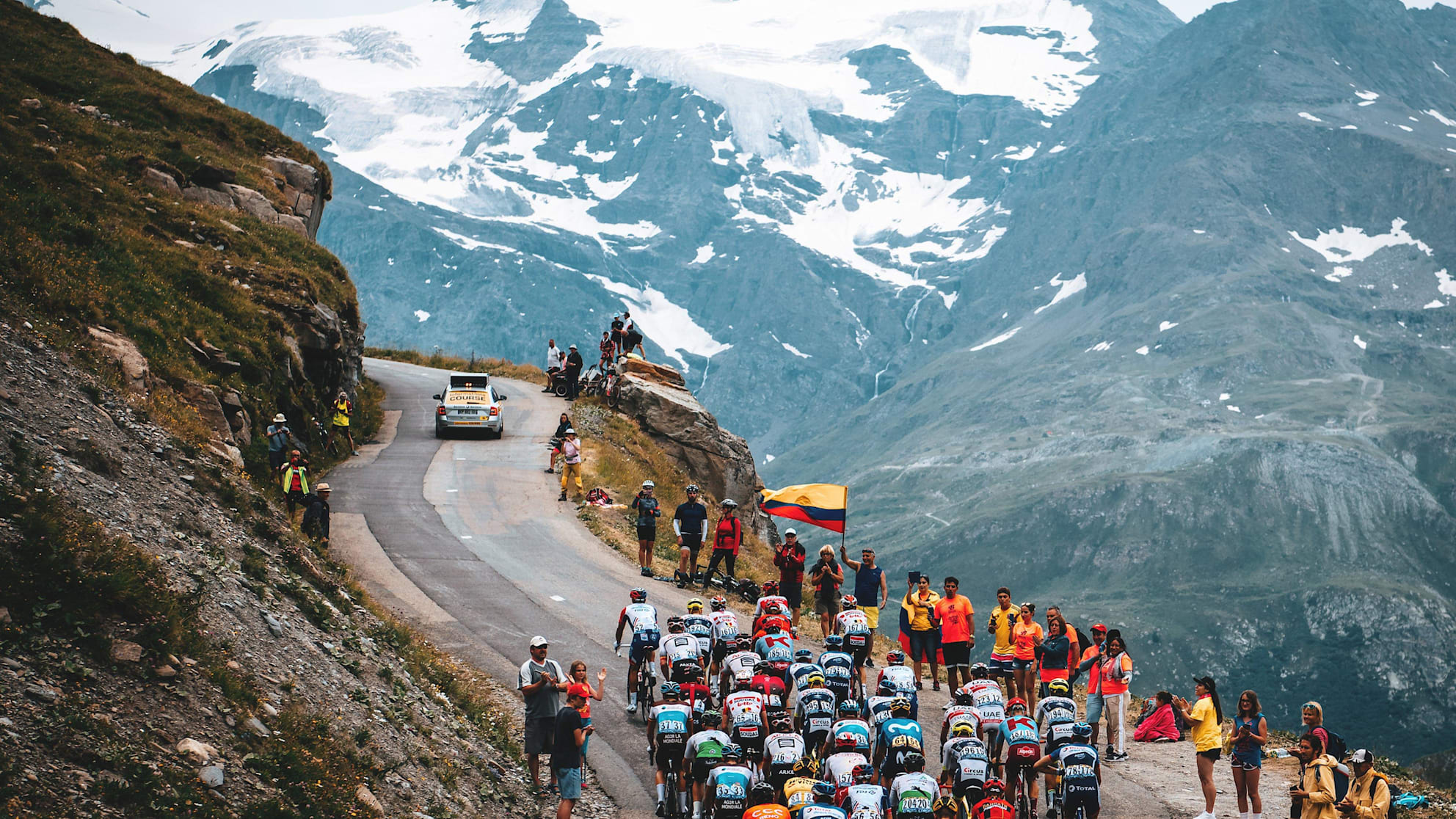
Though sparks have already flown since the return of professional racing in early August, there’s no other race more eagerly anticipated than the Tour de France. Normally notorious for nervous riders and frequent pile-ups, the first week is likely to be a little different at this year’s 107th edition.
As well as a much later start than normal, the opening stages will see the race head straight into the mountains and tackle two summit finishes, including a new ascent of the mysterious Mont Aigoual. Here’s what we’re looking out for as the race travels from the Med to the Massif Central.
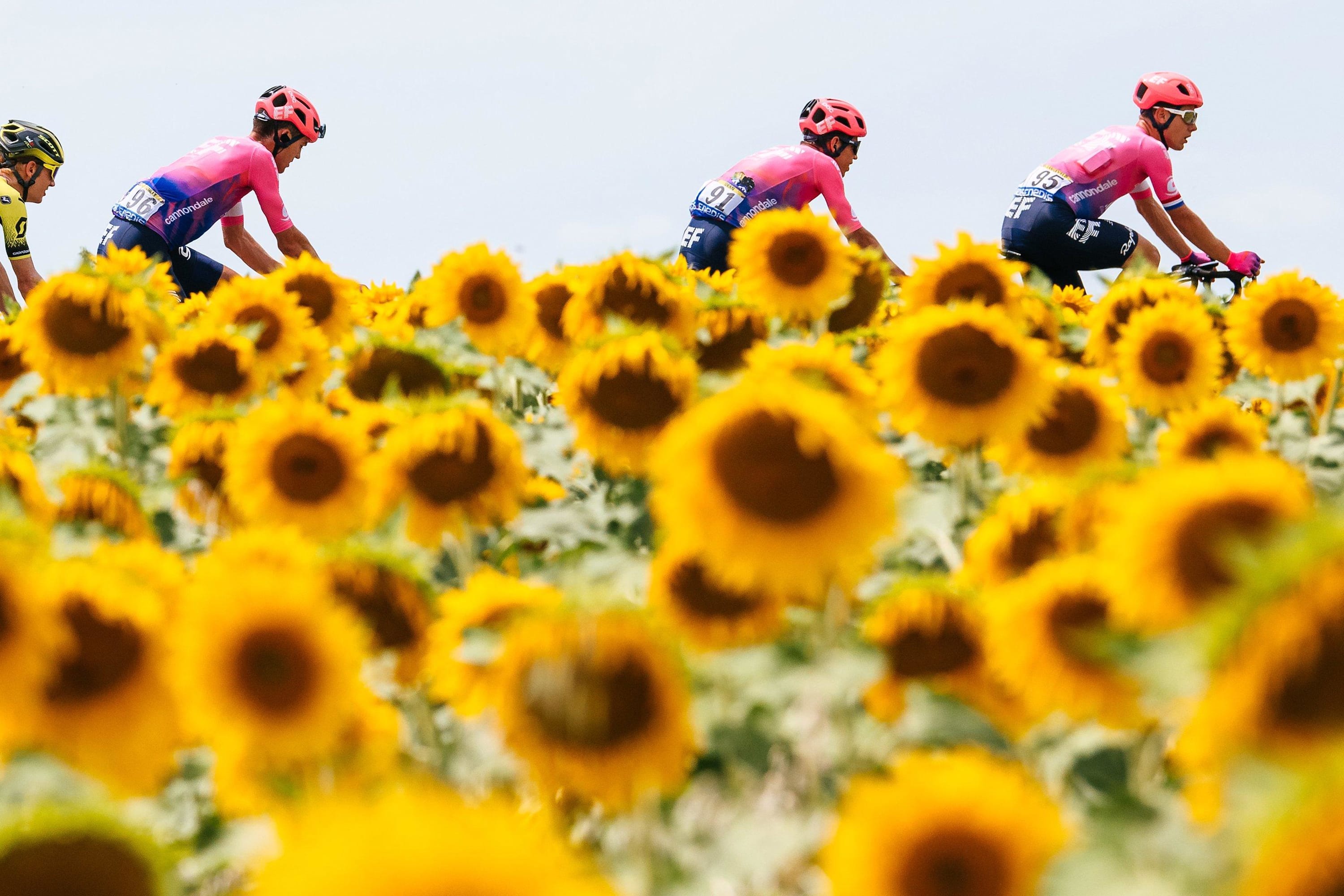
For the first time since Monaco hosted the Grand Départ in 2009, the Tour heads to the southeast for an opening stage that is neither a prologue nor a sprinter’s paradise. With two ascents of the third-category Côte de Rimiez on the route, the first maillot jaune could be anyone’s.
The stronger sprinters, those who can hang tough on the climbs but still reach top speed at the finish. With Michael Matthews absent and Sagan out of sorts, who’d bet against Wout van Aert?
With two climbs over 1500 metres, this is the toughest start to a Tour since 1979, when the second stage featured a mountain time trial up to Superbagnères. The climbing is less concentrated here but riders will still need to navigate the Turini and the Èze - climbs many will know well from Paris-Nice.
This is a puncheur’s paradise, in which one name springs to mind. Julian Alaphilippe won’t be going for GC this year but he may well be going for another stint in yellow, starting now.
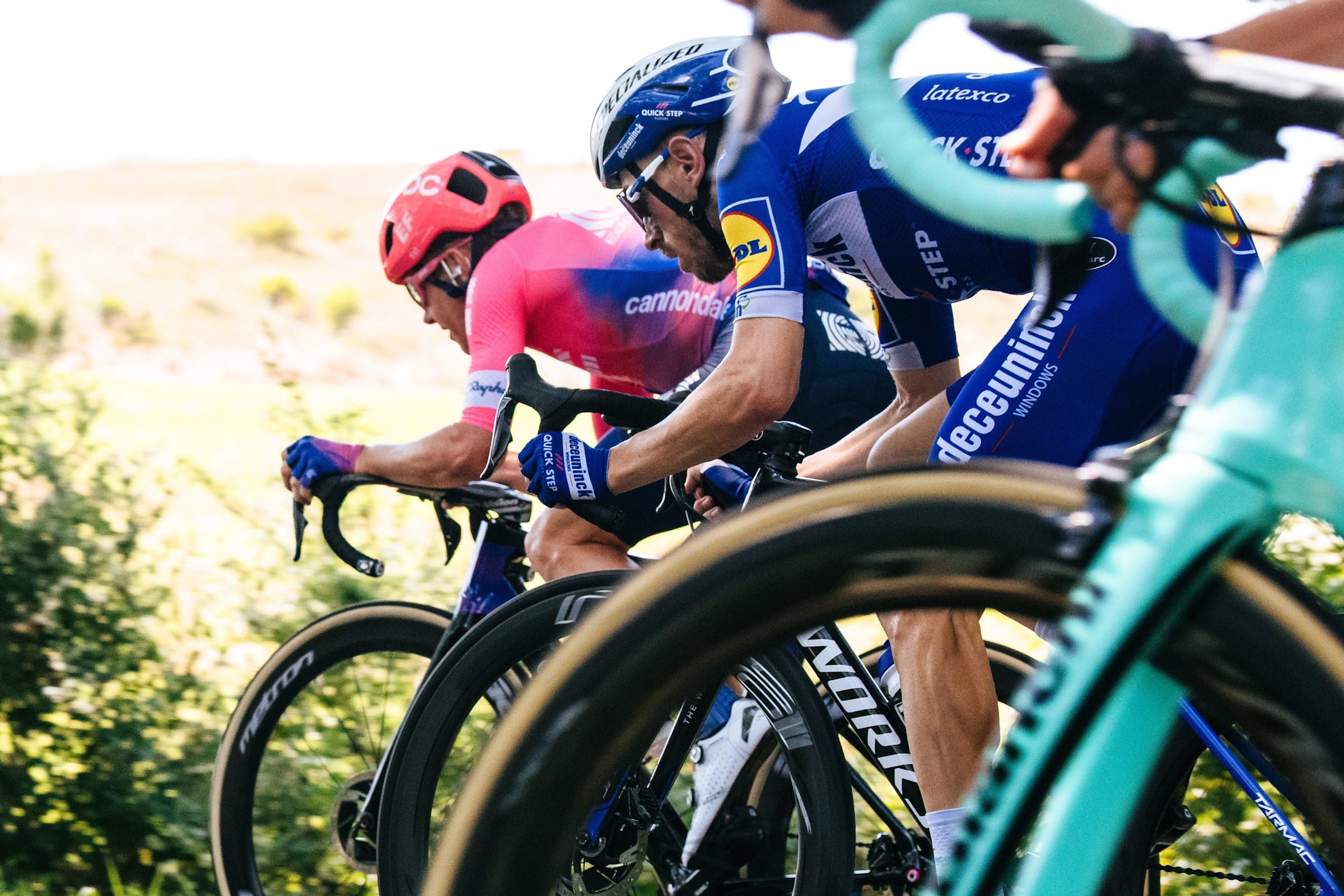
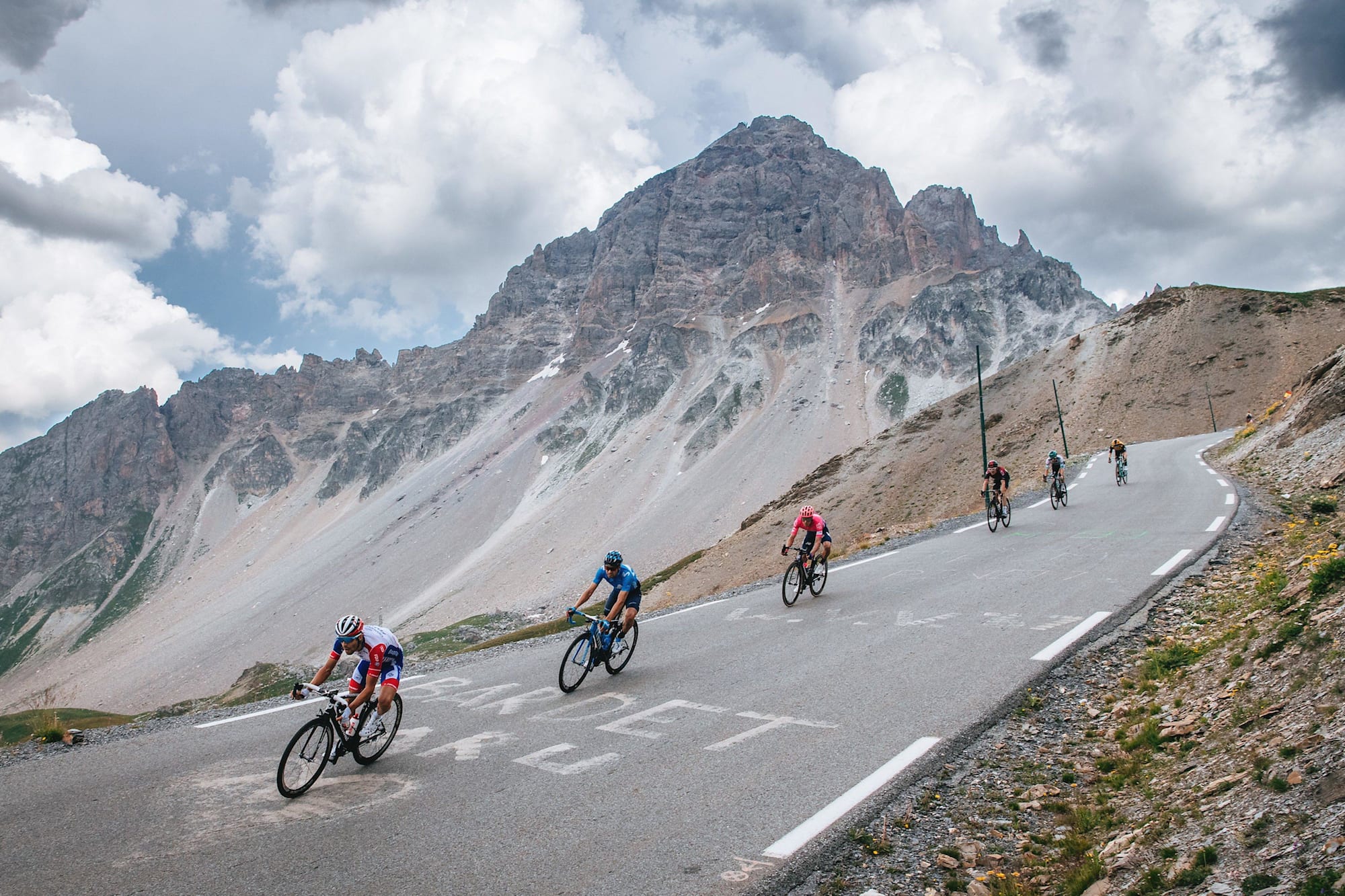
Just three days in and the cumulative fatigue builds with another grippy day that takes the riders away from the Riviera to Sisteron. In such a mountainous Tour, today’s parcours constitutes a good chance for the sprinters but the lumps and bumps mid-stage could play into the hands of breakaway artists.
With four categorised climbs on the route, this will again be a sprint contested by the stronger fastmen unless the breakaway steals the day. Where’s Thomas de Gendt gone?
September has come, and rather than working out just who the riders in the top ten of the Vuelta are, fans can look forward to the first summit finish of the Tour and a strong indication as to who the leading contenders will be. The last time this climb featured on the route, it was Laurent Fignon and Greg LeMond duking it out in the classic ‘89 edition. Good omens.
The first summit finish has all too often seen Ineos stamp their authority on previous editions but could this year be different? Look out for Roglic, Pinot and perhaps Pogačar.
Surely this stage should have been used on l’Etape du Tour? With a net loss of over 500 metres’ elevation, it’s one for the sportive riders and the sprinters. Rolling out of Gap and down into the Rhône Valley, the only difficulties come in the shape of two cat 4 climbs late on and a long drag up to the finish in Privas.
In a Tour devoid of sprinting set pieces, five days should be long enough to realise that predicting a winner is pointless. Still, we reckon pocket rocket Caleb Ewan is the wheel to follow.
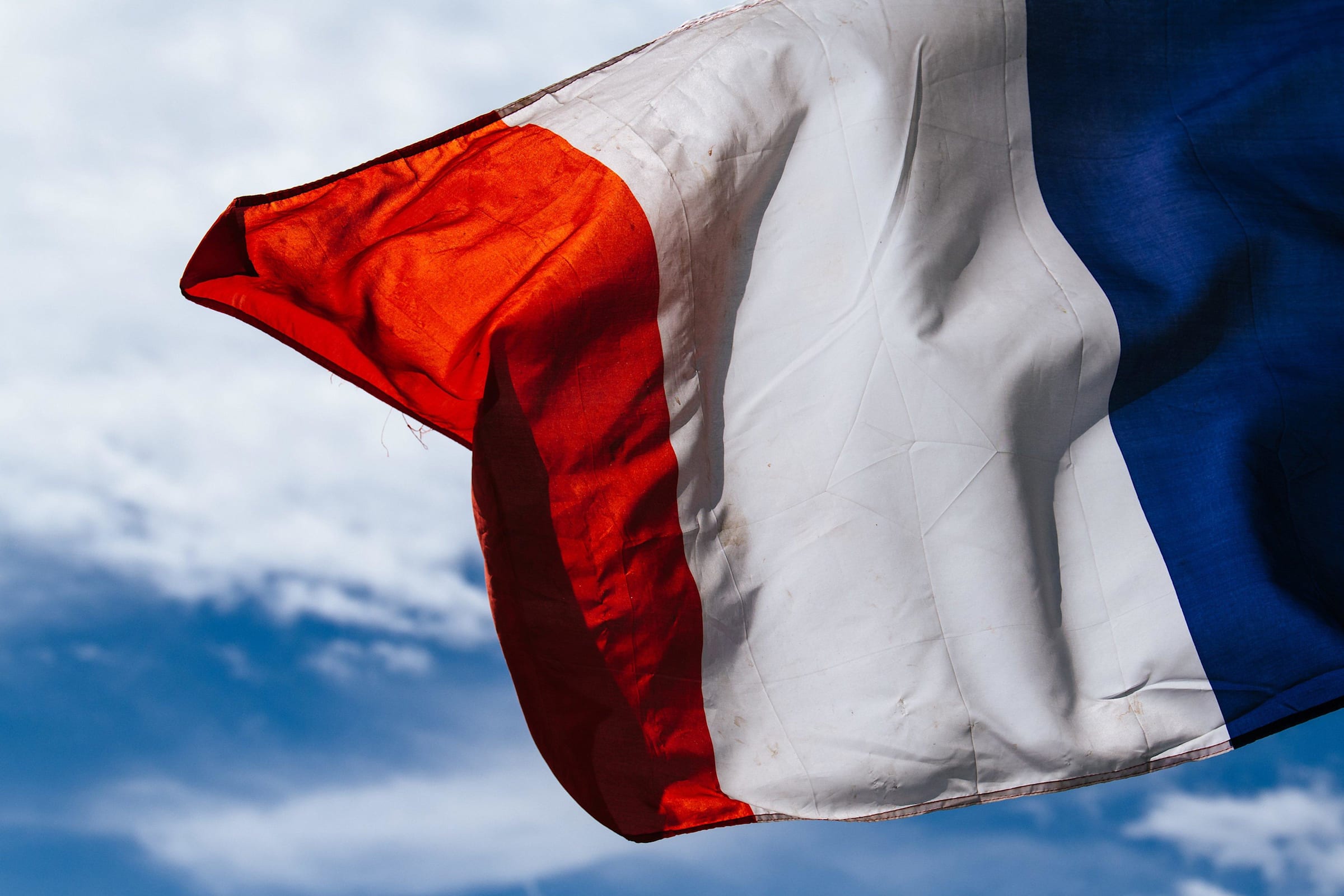
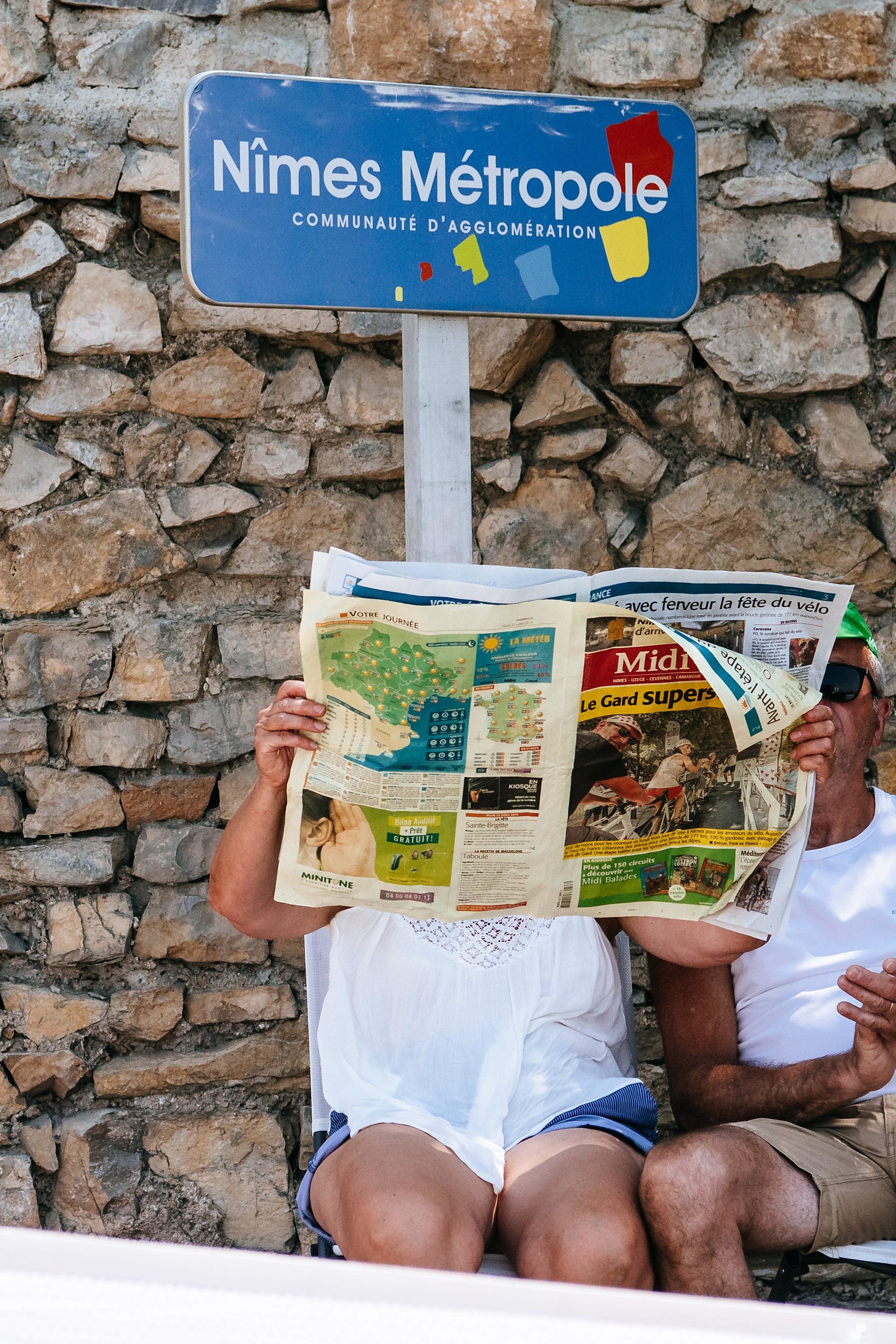
Well known to readers of Tim Krabbe’s The Rider (recommended reading ahead of the Tour), Mont Aigoual is not so familiar to the pro peloton. Though it appeared on the route of the 1987 Tour, this will be Mont Aigoual’s first time hosting a stage finish. If the weather is clear, today’s winner will earn impressive views of the Alps, the Pyrenees and the Mediterranean, as well as a good chance of taking the overall race lead.
Stage four will give pundits a much better indication but in the absence of a form guide, some may opt for a local one. Romain Bardet’s affinity to the Massif Central is well known, and he’ll be keen to impress in his home region.
After two previous stage finishes into Lavaur the breakaway and the bunch are tied at one apiece. Given the relative absence of opportunities for the sprinters at this year’s race however, their teams will be keen to keep a lid on the ambitions of the escape artists. Look out for TV images of the famous viaduct at the stage start.
Mark Cavendish won the last time the race visited but a repeat is unlikely. Peter Sagan doesn’t like to wait too long for his customary stage win, so perhaps he’ll collect it here.
